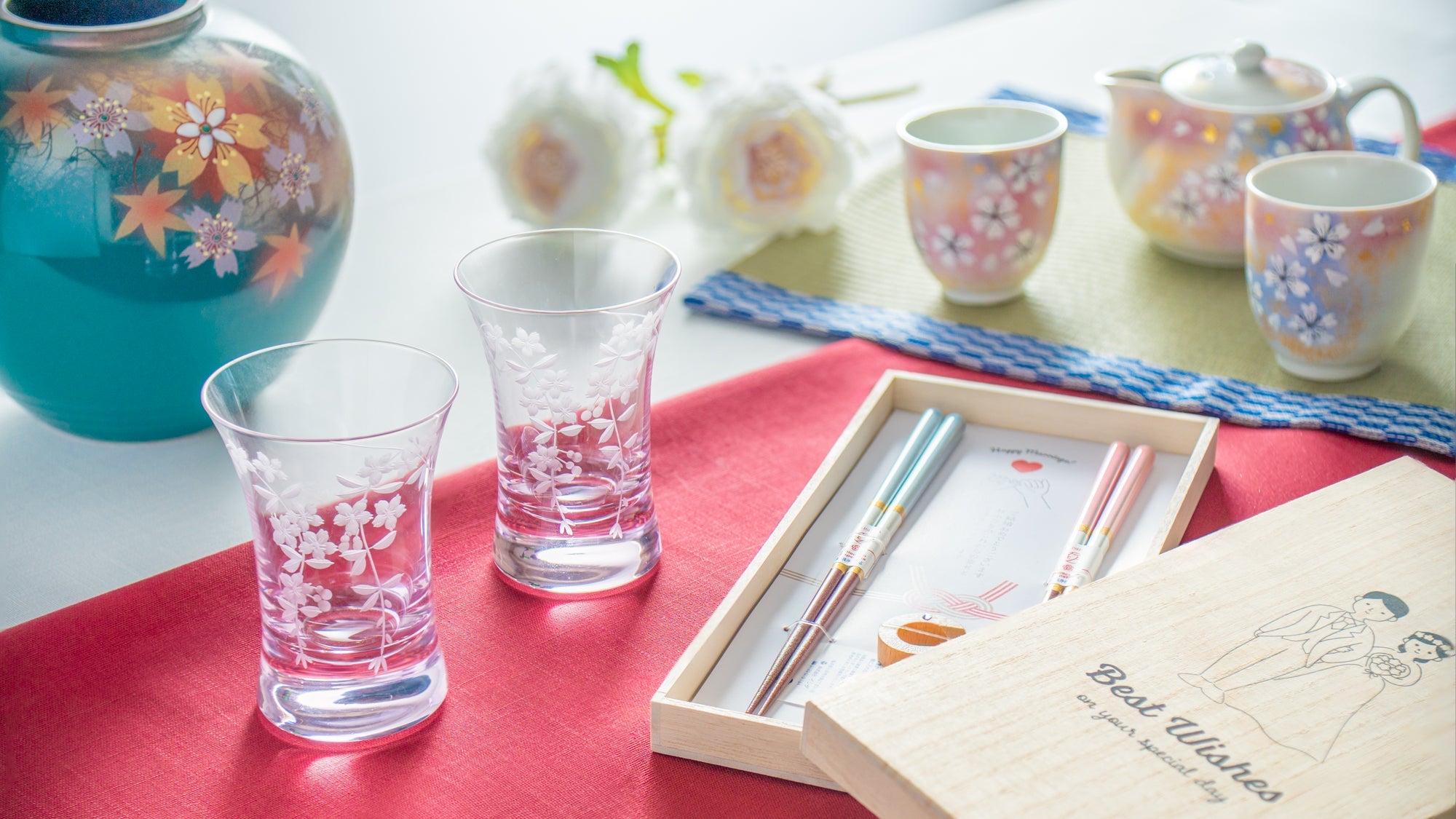
Matsuba Tatami: Returning to the Original Inspiration
Written by Yamada Minako
One day in July, it was a hot day that easily exceeded 30°C (86°F) from the early morning. It took about two and a half hours from Tokyo to reach Yaizu City in Shizuoka Prefecture, where Matsuba Tatami was located.
The contrast between the sunlight and the fresh greenery was incredibly beautiful. In front of Matsuba Tatami, there stood a weathered wooden tatami workbench.





table of contents
Starting Point

When Tomomi was born, her father was already established in his own business. She fondly remembers spending her early childhood playing at his workplace.
She happily talked about her memories of her father from her childhood. During elementary school, she wrote her father's name as someone she admired and had a dream of succeeding in the tatami business like him.
From there, I felt like I could see her father's approach to his work and his relationship with tatami.

She shared with me a significant experience that made her seriously consider inheriting the tatami business as she grew older. At that time, she had been working in the real estate industry for eight years and was deeply saddened by the declining use of tatami in modern architecture. (In fact, while Matsuba Tatami has not changed its location, there used to be around twenty tatami stores nearby, but now there are only two.)
About ten years ago, when she built her current home, something happened. Even there, she incorporated six tatami mats into the design of the living room, driven by her attachment to tatami. A friend who visited her said, "It's stylish, but also calming." Those words brought a ray of light to her. She thought, "Ah, if tatami can be stylish, its appeal can be conveyed."
She consulted with her father, who initially opposed the idea of her inheriting his tatami business due to the severe situation in the industry. However, she expressed her strong desire to give it a try, and together they started the journey. A year later, her husband also joined, leading to the current form of their business.
Tomomi says, "It has been ten years of wholeheartedly believing in the material of tatami and continuing to move forward."


Tatami Products

While creating tatami goods, Tomomi continually experienced mixed emotions. As the business expanded, more and more customers started asking, "Are you a general store?" While she felt joy in capturing their interest, at the same time, a complexed emotion emerged within her.
For Tomomi, tatami goods were always meant to be an important step toward conveying and drawing out the allure of tatami. She has repeatedly returned to that core principle, keeping her focus intact.


Igusa Farmers

As they delved deeper into their thoughts on materials, they decided to actually visit Igusa (rush straw) farmers in Kyushu, the famous Igusa production place, and have continued to make regular visits. Previously, like many other tatami stores, they had been purchasing Igusa from wholesalers, so they hadn't had the opportunity to meet actual farmers.
They focused on two aspects of the Igusa farmers:
-
Attitude towards Igusa:
Farmers don't often have direct contacts with end-users. However, the quality and their pride of their work are clearly reflected in their eyes. As their pride, they continuously strive to produce better quality Igusa. -
Coexistence with nature:
It takes about one year and seven months to grow Igusa for use in tatami. Even the timing of watering and fertilizing requires precise adjustment. No matter how much effort they put into it, it is not uncommon for everything to be ruined by rain or wind at the very end.


Supporting Each Other
In Japan, there were approximately 4,500 Igusa farms nationwide around 1990, but now, after about thirty years, that number has plummeted to a mere 290. As Japanese architecture decreases, including the decline of traditional Japanese-style rooms, the demand for tatami has rapidly declined. Companies are also withdrawing from the declining industry.
While it was customary for Igusa farmers to handle everything from cultivating Igusa to producing the prototype of tatami, the manufacturers that produce essential machinery for these processes have been steadily disappearing. This not only means that the machinery's performance will not improve in the future but, more importantly, it signifies a significant flaw in that there are no longer people capable of repairing the machines if they break down. Even if repairs are possible, the associated costs are not insignificant. Igusa farmers have their livelihoods to sustain, and as a result, they are increasingly transitioning to other businesses or losing their Igusa fields and resorting to vegetable cultivation.

Returning to the Origin
In Tomomi's case, the emotions hidden behind various situations seem very simple and can be perceived as "loving tatami." Those were when her friend noticed the goodness of tatami, or when she finished work and lay down alone on tatami. She has continued to experience a soft and tranquil sensation, which she explained to me as the greatest allure of tatami.
When she is faced with difficulties, or when her feelings seem to waver, she always comes back to her core questions:
"What am I doing this for? What is its significance?"
This guiding principle never wavers, no matter what happens, she said. I believe that is not only essential advice for being a tatami store owner but also for each of us living our own lives.













Leave a comment
This site is protected by hCaptcha and the hCaptcha Privacy Policy and Terms of Service apply.